V.Ryan © 2019
SPRAY PAINT
Plastic / polymer surfaces can be spray painted. The surface must be abraded, washed / cleaned and then primed. Care should be taken over the type of spray paint selected, to ensure it is suitable for polymers. A range of colours are available. Paints protect the polymer surface from UV (Ultra Violet light) damage, lengthening its working life.
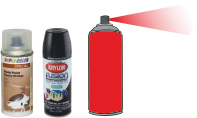
RUBBERISING SPRAY
UV (Ultra Violet) resistant acrylic rubberising compound, is applied to the surface. It has advantages, including, providing a slip resistant surface, as well as a surface that has a comfortable feel, it is non-conductive, does not crack or shrink, reduces vibration and dampens sound. It adheres to most materials including plastics. It can even be purchased in a spray can, for small scale use.
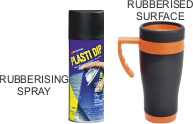
HEAT TRANSFER PRINTING
This technique involves using a transfer, which is pressed on to the plastic / polymer surface, through the use of a heated press. The transfer (graphics) is usually produced using CAD software and printed out by a printer, on to transfer ‘paper’. An electric iron will work on simple transfers. This technique produces a permanent surface finish.
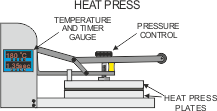
VINYL DECALS
Vinyl Decals are made up of shapes / labels, cut out of a coloured vinyl roll, by a computer controlled vinyl cutter. The shapes are then applied to an application roll. The vinyl shapes on the surface of the application roll, are ready to be applied to a surface, such as the bodywork of a car, delivery van, or a signpost etc....
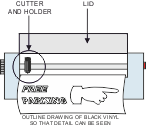
VINYL STICKERS
Vinyl stickers are sometimes confused with Vinyl Decals. They differ, as they are manufactured from a roll of digital vinyl, that runs through a wide format printer. The printer has a full range of printing cartridges, which means sharp images can be printed on to the digital vinyl, much the same, as a printer is used to print on paper. The stickers are pealed off their backing sheet, when needed.
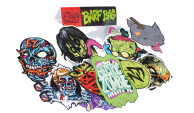
FLOCKING
Flocking is a processes whereby, fine synthetic fibres, are applied to a surface. This is achieved by electrostatically charging the fibres, so that they are attracted to the surface, standing on end. Adhesive holds the fibre to the surface. This leaves the surface soft to the touch, like a soft velvet texture. Plastic / polymer products are sometimes flocked.
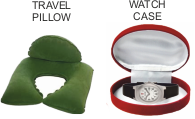
LASER ENGRAVING
A laser cutter can be used to produce an engraved finish. This is where the surface of material has a pattern or texture cut into its surface, but not all the way through. Photographs are often etched into the surface of materials such as plastics. This is achieved by reducing the power of the laser, so that only the surface is ‘etched’.
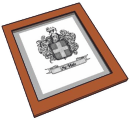
ELECTROLESS PLATING
Electroless plating of plastics, such as polycarbonate, ABS and polypropylene, is a process whereby a conductive layer (gold, nickel or copper) is applied to the surface, as a finish. This is also known as metalising a polymer. This process is widespread in the automotive industry, as it means lightweight plastics and plastics that conduct electrical current, can be used in place of heavier metals.

HYDROGRAPHIC PRINTING
A process whereby, a film of ink floats on the surface of water. A ‘blank’ product is immersed in the solution and collects the ink on its own surface. This allows complex and interesting patterns, to be transferred from the water, to the surface of a product. A range of materials can be used, including polymers.
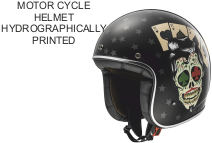
2 marks
3 marks
3 marks
2 marks
3 marks
2 marks
2 marks
2 marks
3 marks